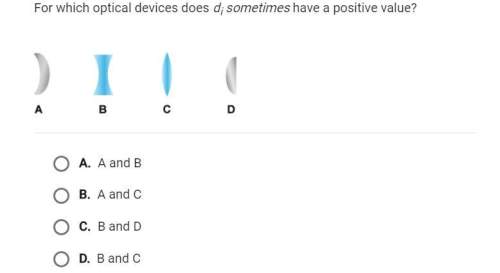
Physics, 28.08.2021 02:40 gevaughn600
A 6-kg clay ball is thrown directly against a perpendicular brick wall at a velocity of 22 m/s and shatters into three pieces, which all fly backward, as shown in the figure. The wall exerts a force on the ball of 2430 N for 0.1 s. One piece of mass 2 kg travels backward at a velocity of 15 m/s and an angle of 32° above the horizontal. A second piece of mass 1 kg travels at a velocity of 7 m/s and an angle of 28° below the horizontal. What is the velocity of the third piece?

Answers: 2


Other questions on the subject: Physics

Physics, 22.06.2019 08:00, JuanTorres7
The arrival of in the early days of europa’s existence could have formed its ocean. it is likely that the water experienced similar to earth. it is also possible that this water is retained beneath europa’s surface and in its atmosphere due to europa’s . 1.) a. precipitation b. water vapor c. icy debris 2.) a. gravitational compression b. biochemical cycling c. radiogenic heating 3.) a, gravity b. magnetic field c. heat energy for plato
Answers: 3

Physics, 22.06.2019 15:00, deonnaturner68p7hz7y
What sort of waves exhibit the doppler effect?
Answers: 1

Physics, 22.06.2019 17:00, QueenNerdy889
Air conditioners not only cool air, but dry it as well. suppose that a room in a home measures 5.0m×9.0m×2.4m . if the outdoor temperature is 30 ∘c and the vapor pressure of water in the air is 85 % of the vapor pressure of water at this temperature, what mass of water must be removed from the air each time the volume of air in the room is cycled through the air conditioner? the vapor pressure for water at 30 ∘c is 31.8 torr.
Answers: 3
You know the right answer?
A 6-kg clay ball is thrown directly against a perpendicular brick wall at a velocity of 22 m/s and s...
Questions in other subjects:


English, 19.09.2019 10:30

Physics, 19.09.2019 10:30

Health, 19.09.2019 10:30


Biology, 19.09.2019 10:30


Geography, 19.09.2019 10:30


Chemistry, 19.09.2019 10:30




